Exhibition offers a new understanding of the art and spiritual traditions in the Kathmandu Valley
Bhairava, Nepal, ca. 16th century. Gilt copper alloy. H 28 x W 27 1/4 x D 19 in. Rubin Museum of Art, C2005.16.14, HAR65436.
NEW YORK, NY.- On view this spring at the Rubin Museum of Art, “Nepalese Seasons: Rain and Ritual” illuminates the deep interconnection between the natural environment, cultural traditions, and people of Nepal’s Kathmandu Valley, as expressed through more than 50 works of art in the exhibition. Nepal, situated on the southern slope of the Himalayas, is dependent on monsoon rain, and “Nepalese Seasons” is the first exhibition of its kind dedicated to exploring Nepalese works of art in the context of the seasons and related rituals.
Bhimarata, Chariot Ritual, Nepal, 1776. Gilt copper; repoussé. H 17 1/2 x W 11 1/2 x D 3 3/4 in. Rubin Museum of Art, Gift of Shelley and Donald Rubin, C2006.66.63, HAR700095
Nepalese artistic traditions span almost two millennia, and the exhibition, on view from May 6, 2016 to March 27, 2017, offers visitors a new understanding of the region and its art with innovative research from the guest curator Gautama Vajracharya assisted by the Rubin Museum curator Elena Pakhoutova. Though Nepalese art is typically studied through the lens of Hindu or Buddhist religious cultures, the exhibition reveals that deities represented in Nepalese art actually originated in earlier agrarian culture and are closely tied to the succession of seasons and monsoon rains in the region. As climate change, earthquakes, and natural disasters pose current challenges for Nepal and the preservation of its cultural heritage, the exhibition’s subject matter is particularly prescient.
“Modern life in Nepal faces ongoing threats from natural disasters and climatic changes, and this exhibition poignantly illustrates how the country’s dependence on monsoon rain continues to play an important role in its agriculture, spirituality, social culture, and art,” Vajracharya said. “The connection of monsoon rains with seasonal rituals and Nepalese art began many centuries ago, yet it still remains a vital part of cultural life in the Kathmandu Valley.”
Buddha Shakyamuni, Northwestern Nepal (Khasa Malla Kingdom), 14th century. Gilt copper alloy with turquoise inlay. H 17 1/2 x W 15 x D 10 in. Rubin Museum of Art,C2006.24.1, HAR65687.
The exhibition sections correspond to seasonal periods in the Nepalese year, beginning with “Before the Rain,” dealing with art and rituals that precede the monsoon rainy season. During this period of sky’s gestation, clouds are represented in art as mother goddesses pregnant with rain babies and the performed rituals ensure the arrival of the rains. The section “During the Rain,” highlights the practice that occurs during the highly anticipated monsoon season when the art is displayed in the monasteries, where wandering monks take shelter. “After the Rain” focuses on the art that represents harvest celebrations and related autumnal rituals, and “Across the Seasons” focuses on the relationship of believers’ to deities depicted in art, at the center of which are seeing and worshipping the deities year-round.
Durga Killing the Buffalo Demon, Nepal, 13th century. Gilt copper alloy. H 10 7/8 x W 13 1/8 x D 7 1/2 in. Rubin Museum of Art, C2005.16.11, HAR65433.
The exhibition draws from the Rubin Museum’s premiere collection of Nepalese art and is supplemented and enhanced by works of art from eight institutional and private lenders in the United Sates.
Hindu Festival Banner, Nepal, 17th century. Pigments on cloth, 23 3/4 x 17 1/2 in. Rubin Museum of Art, C2007.19.1, HAR69050, 69051.
Additional interpretive materials include in situ photographs of festivals and rituals being performed, a graphic illustration depicting the formation of monsoon clouds at the Himalayan Mountains and the region’s particular geography that shapes its ecology, and an audio guide narrating stories associated with the seasonal festivals highlighted in the exhibition.
Indra, Nepal, 1463. Gilt copper alloy with inset turquoise and semiprecious stone inlays. H 9 1/4 x W 6 3/8 x D 4 in. Rubin Museum of Art, C2005.16.15, HAR65437.
Naga Mandala Assembly, Nepal, 18th century. Ink on paper, 10 5/8 x 11 1/4 in. Rubin Museum of Art, C2003.10.1, HAR65235, 65236.
Rakta Lokeshvara-Macchendranath, Nepal, 1842. Pigments on cloth, 29 3/8 x 22 in. Rubin Museum of Art, Gift of Shelley and Donald Rubin, C2006.66.45, HAR100013.
Rato, Macchendranath Temple, Nepal, 1850. Pigment on cloth. H 62 3/8 x W 61 1/4 in. Rubin Museum of Art, C2006.42.2, HAR 89010.
Shiva and Parvati, Nepal, 13th century. Copper alloy with inset turquoise and semiprecious stones. H 6 7/8 x W 5 1/4 x D 4 1/2 in. Rubin Museum of Art,C2005.16.12, HAR65434.
Shiva Vishavarupa, Nepal, mid-19th century. Pigments on cloth, 62 x 37 in. Rubin Museum of Art, C2003.20.2, HAR65250.
Siddha Lakshmi, Nepal, 1796. Pigments on cloth, 33 1/4 x 24 1/8 in. Rubin Museum of Art, C2003.38.2, HAR65268.
Vajrasattva, Tibet, 13th century. Copper alloy with cold gold and blue pigments. H 14 x W 8 1/2 x D 5 1/4 in. Rubin Museum of Art, Gift of Dr. David Nalin, C2009.13.
Baudhanath Stupa, Tibet-Buryatia, 19th century. Silk embroidery on cloth. H 8 7/8 x W 6 1/2 in. Rubin Museum of Art, C2006.66.33, HAR1087.

/https%3A%2F%2Fprofilepics.canalblog.com%2Fprofilepics%2F1%2F0%2F100183.jpg)
/https%3A%2F%2Fstorage.canalblog.com%2F03%2F02%2F119589%2F96711876_o.jpg)
/https%3A%2F%2Fstorage.canalblog.com%2F11%2F31%2F119589%2F94773502_o.jpg)
/https%3A%2F%2Fstorage.canalblog.com%2F20%2F83%2F119589%2F94772815_o.jpg)
/https%3A%2F%2Fstorage.canalblog.com%2F26%2F72%2F119589%2F75604929_o.jpg)
/https%3A%2F%2Fstorage.canalblog.com%2F59%2F60%2F119589%2F26458628_o.jpg)
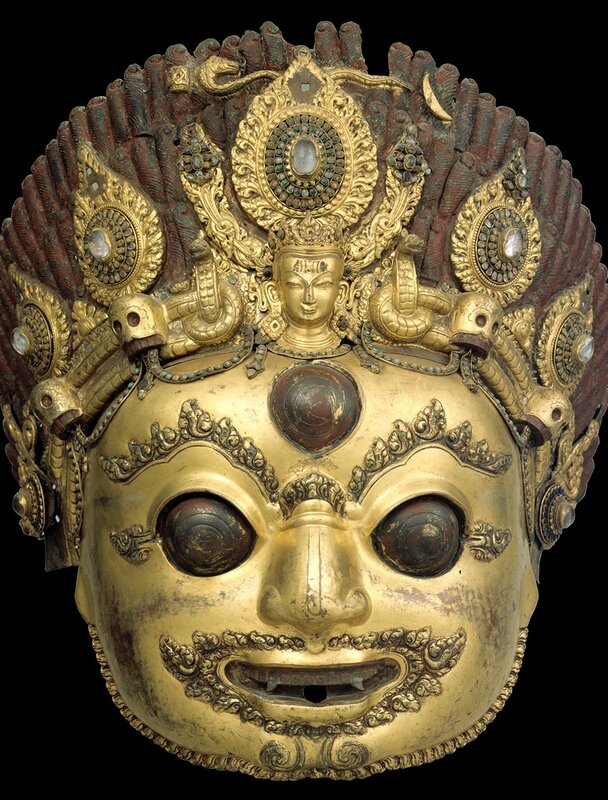

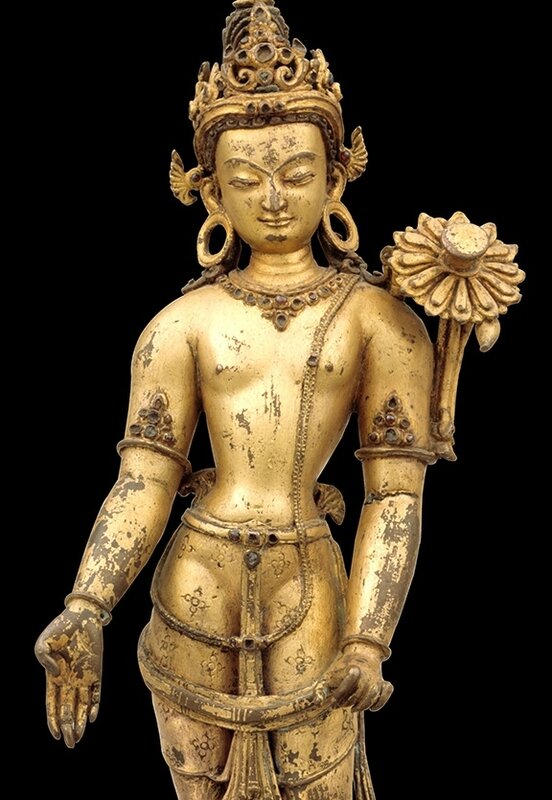

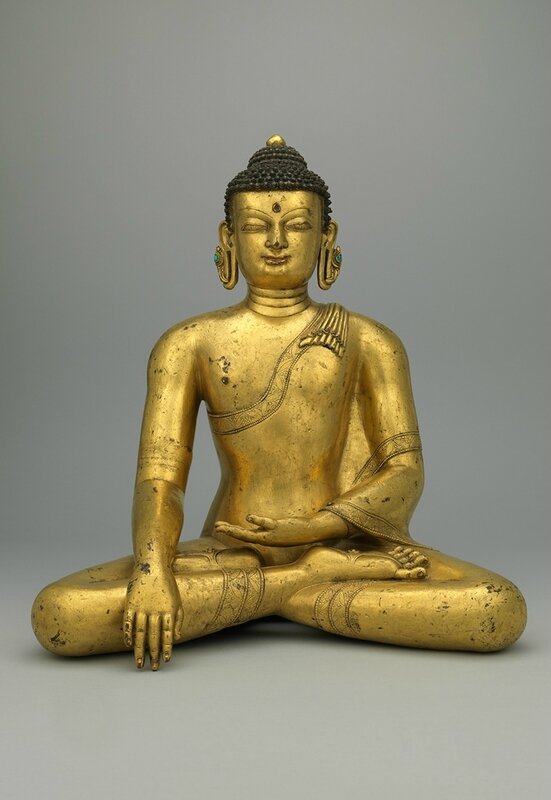




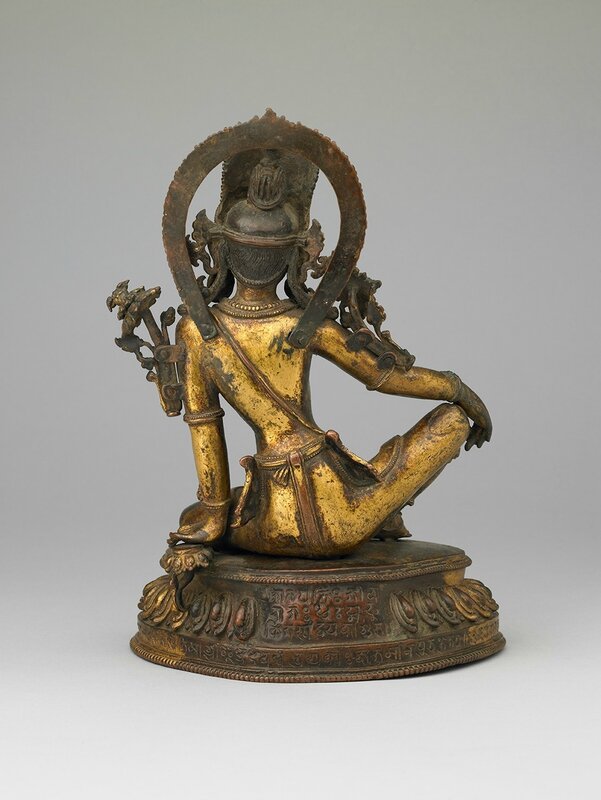



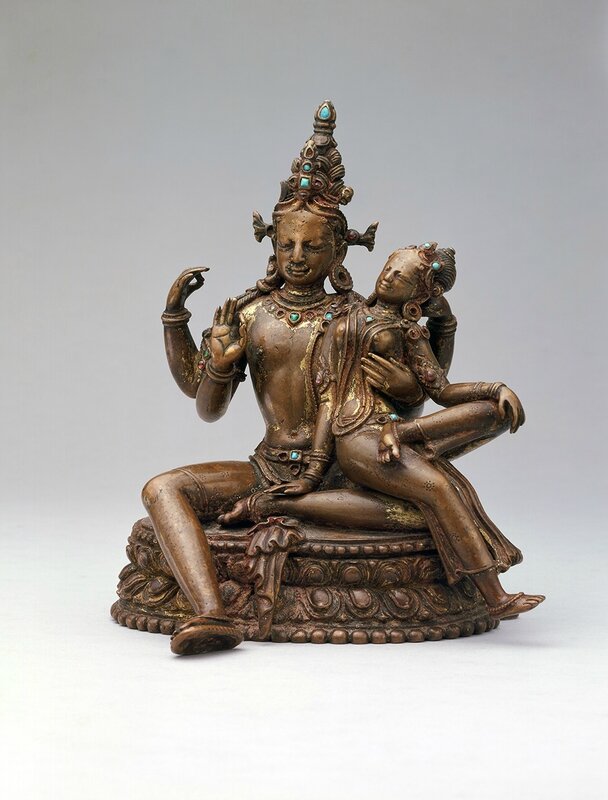



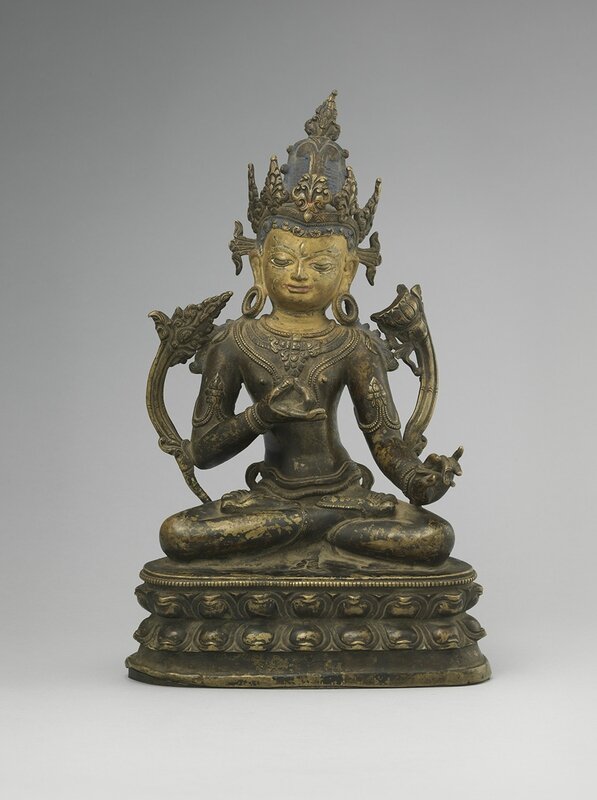



/http%3A%2F%2Fstorage.canalblog.com%2F74%2F94%2F119589%2F128705688_o.jpg)
/http%3A%2F%2Fstorage.canalblog.com%2F56%2F88%2F119589%2F127649882_o.jpg)
/http%3A%2F%2Fstorage.canalblog.com%2F41%2F75%2F119589%2F126978834_o.jpg)
/http%3A%2F%2Fstorage.canalblog.com%2F08%2F51%2F119589%2F126856859_o.jpg)